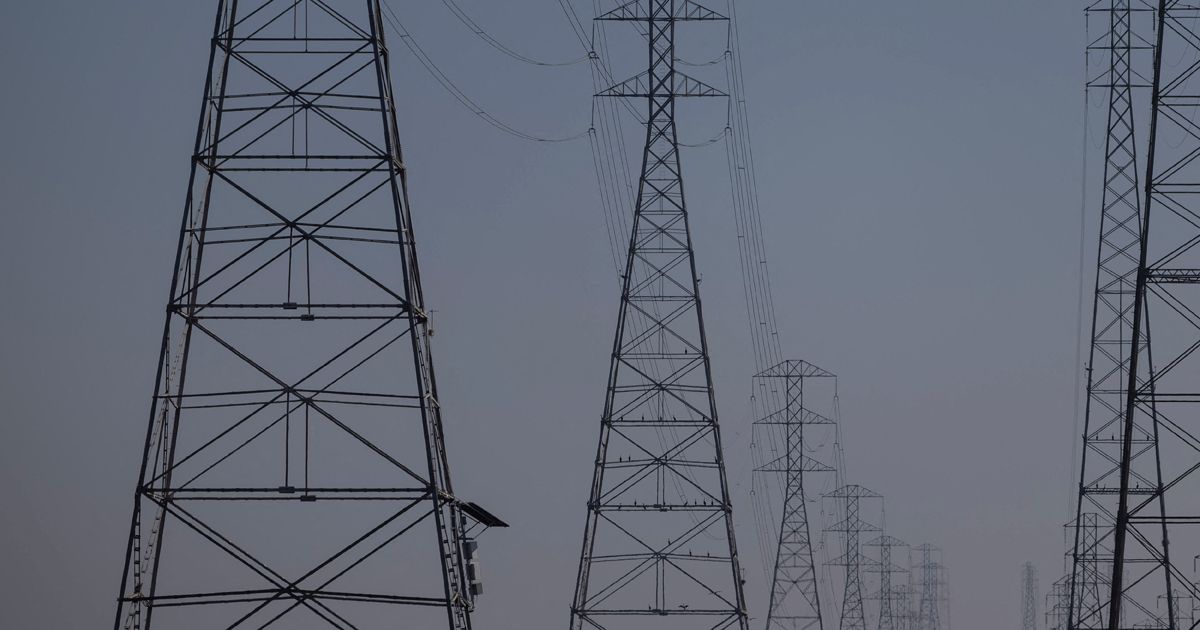
Lawmakers must press for a more reliable and resilient electric grid to support the millions of electric vehicles slated to arrive on the nation’s roads.
That’s the conclusion of a report issued last week by a pair of nonprofit organizations that say policy and legislation are needed to provide and expand the possibilities offered by vehicle-to-grid technology, or V2G.
V2G tech shows emerging promise in offering a range of benefits and services to EV owners. It can also be used to store energy that feeds the grid and provides emergency power in times of need.
The 21-page report, titled “Advancing Vehicle to Grid Technology Adoption” and written by Securing America’s Future Energy, or SAFE, and the Electrification Coalition, outlines the benefits of vehicle-to-grid and gives specific policy recommendations for federal, state and local governments.
SAFE and the Electrification Coalition are both focused on promoting and enabling electric transportation.
Benefits of an improved grid include increased resilience and security in times of crisis; greater equity for populations most affected by such crises; and mitigating the cost of ownership of electric vehicles.
Larger vehicles such as electric school buses are named as of “particular value” — with the report stating an electric school bus could “power the equivalent of five operating rooms for more than eight hours, and a single operating room for 43 hours.”
“EVs with onboard energy storage and bidirectional charging capabilities can also reduce the need to deploy additional diesel generators or separate stationary energy storage units for emergency situations,” the report said.
There are barriers to V2G, though. Electric vehicle infrastructure, including charging stations, has high upfront costs and has yet to be uniformly widespread across the U.S. The technology is also still being studied, and some electric system operators have concerns because of lack of data, said the report.
The Department of Energy has sought to better understand some of these issues. In April, it forged a study group with the likes of Ford Motor Co., General Motors and Lucid Motors to gather data and speed collaborations between automakers, utility providers and government.
According to Drive Electric Colorado, only two commercially available vehicles currently have vehicle-to-grid capability: the Nissan Leaf and Nissan e-NV200.
However, manufacturers such as Ford and Volkswagen have stated their intention to integrate the technology into their vehicles as soon as 2022. Ford recently launched a pilot program for its vehicle-to-grid-enabled F-150 Lighting, and Volkswagen announced in 2021 it intended to include V2G capabilities in all 2022 vehicles built on the company’s electrified platform.
Overall, progress on V2G standard-setting and policy has been slow.
Many of the policy recommendations offered in the report involve “future-proofing” current EV infrastructure to allow for vehicle-to-grid implementation in the future.
For the federal government, this includes such things as creating a road map for the technology in the U.S. and conducting research into possible negative impacts that can be curbed before they reach the masses.
Recommendations for state and local governments are generally similar to their federal counterpart but include designing appropriate rate structures for V2G users and publicizing the potential of the concept.
“The solutions identified in this report will help overcome existing challenges and barriers to deployment,” Robbie Diamond, founder of SAFE and the Electrification Coalition, said in a written statement. “But policymakers must act now. We cannot afford for V2G capabilities to be an afterthought during the electrification of our transportation system.”